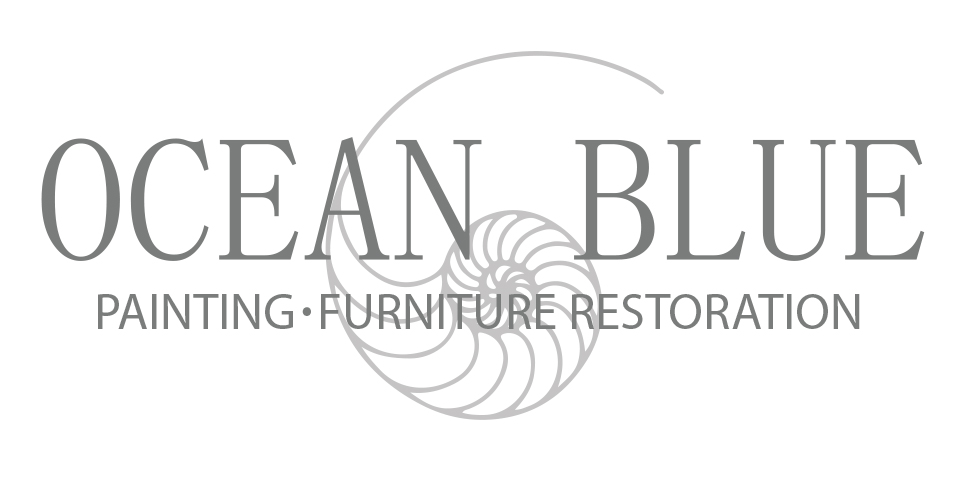Maintaining your painted surfaces is essential for preserving the beauty and integrity of your home or property. Over time, painted surfaces can be exposed to various environmental factors and wear-and-tear, necessitating regular care and maintenance. In this comprehensive guide, we’ll explore long-term care and maintenance tips to help you protect and prolong the life of your painted surfaces, ensuring your Vero Beach home remains vibrant and attractive for years to come.
Understanding the Importance of Maintaining Your Painted Surfaces: Painted surfaces serve both aesthetic and protective functions, enhancing the appearance of your home while providing a barrier against moisture, UV radiation, and other damaging elements. Proper maintenance not only preserves the visual appeal of your property but also helps prevent costly repairs and premature deterioration. By investing time and effort into maintaining your painted surfaces, you can extend their lifespan and minimize the need for frequent repainting.
Regular Inspection and Cleaning: One of the most effective ways to maintain painted surfaces is through regular inspection and cleaning. Periodically examine painted areas for signs of damage, such as peeling, cracking, or discoloration, and address any issues promptly to prevent further deterioration. Additionally, routine cleaning helps remove dirt, dust, and contaminants that can accumulate on painted surfaces over time, preserving their appearance and finish.
- Inspect painted surfaces annually for signs of wear, water damage, or structural issues. Pay attention to areas prone to moisture exposure, such as bathrooms, kitchens, and exterior walls.
- Clean painted surfaces regularly using a mild detergent or soap solution and a soft sponge or cloth. Avoid abrasive cleaners or harsh chemicals, as these can damage the paint finish and underlying substrate.
- Rinse painted surfaces thoroughly with clean water after cleaning to remove any residue or soap buildup. Dry the surfaces completely using a clean, lint-free cloth or towel to prevent water spots or streaks.
- For stubborn stains or grime, consider using specialized cleaning products formulated for painted surfaces. Test any new cleaning products in an inconspicuous area first to ensure compatibility with the paint finish.
- Remove mold or mildew growth promptly using a mixture of bleach and water or a commercial mold remover. Follow manufacturer instructions and safety precautions when using chemical cleaners, and wear appropriate protective gear.
Protective Measures: In addition to regular cleaning and inspection, implementing protective measures can help safeguard painted surfaces from damage and deterioration. These preventive steps can extend the life of your paint job and reduce the likelihood of costly repairs or repainting in the future.
- Apply a protective coating or sealant to painted surfaces, especially those exposed to harsh weather conditions or high traffic areas. Clear sealants or topcoats can provide an extra layer of protection against UV rays, moisture, and abrasion, prolonging the lifespan of the paint finish.
- Install gutter systems and downspouts to divert rainwater away from exterior walls and painted surfaces. Proper drainage helps prevent water infiltration and moisture-related issues such as mold, mildew, and wood rot.
- Use door mats or rugs to protect painted floors and entryways from dirt, debris, and abrasion caused by foot traffic. Encourage family members and visitors to wipe their feet before entering the house to minimize tracking of dirt and grit onto painted surfaces.
- Avoid placing heavy or sharp objects directly on painted surfaces, as this can cause scratches, dents, or gouges in the paint finish. Use furniture pads or coasters to distribute weight and prevent damage to painted floors, countertops, or furniture.
- Trim vegetation and foliage away from exterior walls and painted surfaces to prevent contact with plants, vines, or tree branches. Overhanging branches or foliage can cause friction, abrasion, and moisture retention, leading to paint damage and deterioration over time.
Repair and Touch-Up: Despite your best efforts to maintain painted surfaces, occasional repairs and touch-ups may be necessary to address minor damage or imperfections. By addressing issues promptly, you can prevent them from worsening and extend the lifespan of your paint job.
- Repair small cracks, chips, or dents in painted surfaces using a quality patching compound or filler. Sand the repaired areas smooth once the patching material has dried, then prime and repaint as needed to restore the finish.
- Touch up areas of paint loss or damage using the original paint color or a matching touch-up paint. Blend the touch-up paint seamlessly with the surrounding area to achieve a uniform appearance and prevent color discrepancies.
- Consider repainting high-traffic areas or surfaces subject to excessive wear and tear to maintain a fresh, clean look. Apply a new coat of paint using the appropriate application method and techniques for optimal adhesion and durability.
- Keep a record of paint colors and product information for future reference, including the brand, color name, and sheen level. This information will be valuable when purchasing touch-up paint or planning future painting projects.
Conclusion: Maintaining your painted surfaces is essential for preserving their appearance, protecting against damage, and prolonging their lifespan. By following these long-term care and maintenance tips, you can ensure that your painted surfaces remain vibrant, attractive, and durable for years to come. Remember to inspect and clean painted areas regularly, implement protective measures to prevent damage, and address minor repairs or touch-ups promptly to maintain the integrity of your paint job. With proper care and attention, your painted surfaces will continue to enhance the beauty and value of your home for the long term.
